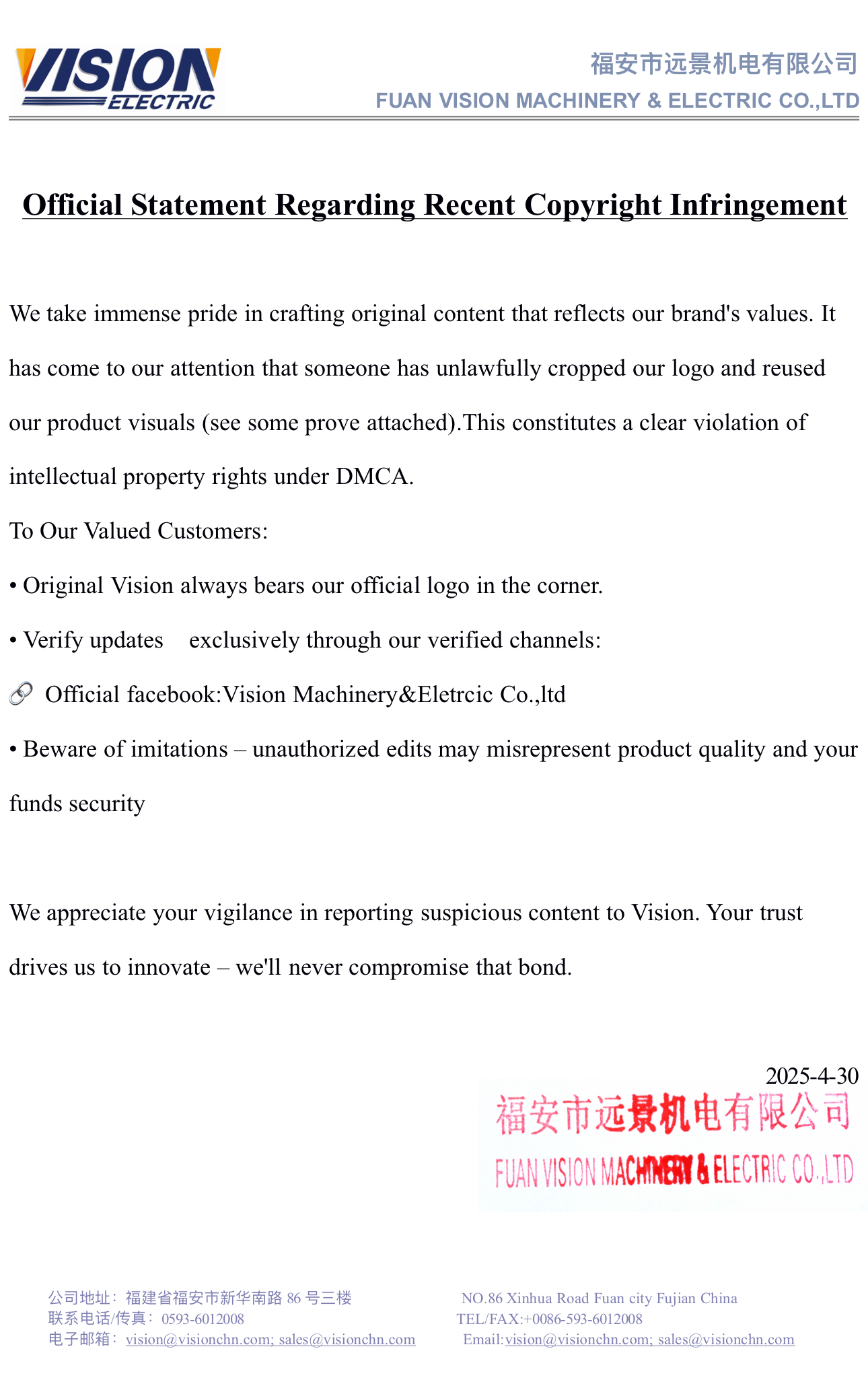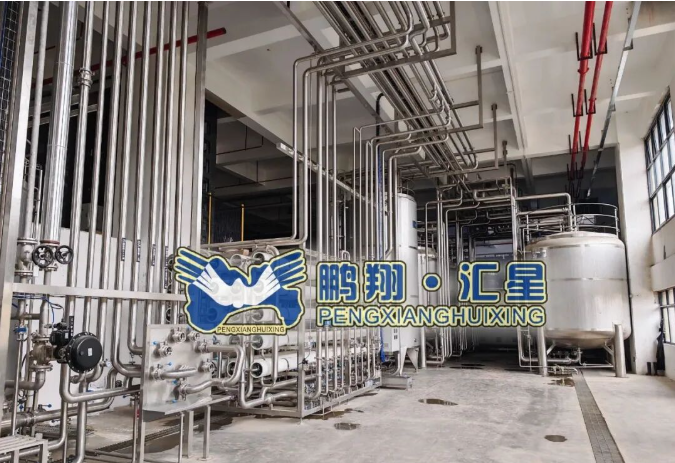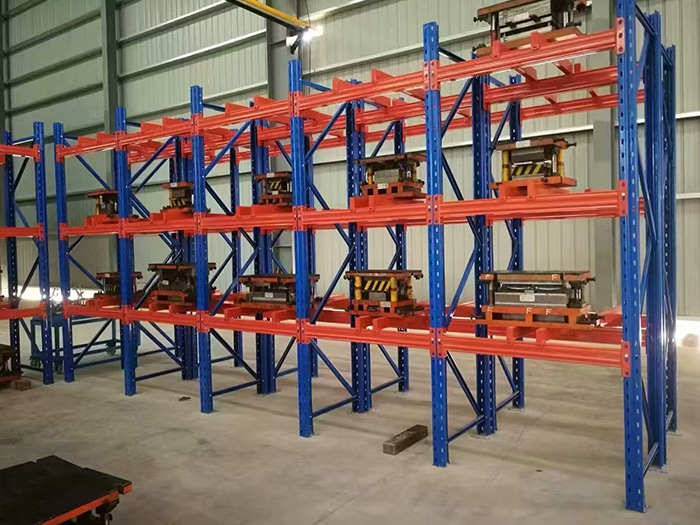In the realm of precision engineering, the term backlash often surfaces as a critical factor influencing the performance and accuracy of mechanical systems. Backlash refers to the slight movement or play that occurs between the gears when the direction of rotation is reversed. This phenomenon can lead to inaccuracies in positioning, reduced efficiency, and overall performance degradation. Therefore, understanding which gear has the least backlash is essential for engineers and designers striving for optimal performance in their applications.
Understanding Backlash: Causes and Implications
Backlash is primarily caused by the clearance between the meshing teeth of gears. This clearance can arise from several factors, including manufacturing tolerances, wear and tear, and thermal expansion. In applications where precision is paramount, such as robotics, CNC machinery, and aerospace systems, even a small amount of backlash can result in significant errors.
The implications of backlash extend beyond mere positioning errors. In dynamic systems, backlash can lead to oscillations, vibrations, and even mechanical failure if not adequately managed. Therefore, selecting gears with minimal backlash is crucial for maintaining the integrity and reliability of mechanical systems.
Types of Gears and Their Backlash Characteristics
When evaluating which gear has the least backlash, it is essential to consider the various types of gears available, each with distinct characteristics:
- Spur Gears: These are the most common type of gear, featuring straight teeth that are parallel to the gear axis. While spur gears are simple and efficient, they can exhibit significant backlash due to the clearance between the teeth. The degree of backlash can be minimized through precise manufacturing and careful alignment.
- Helical Gears: Helical gears have teeth that are cut at an angle, allowing for smoother engagement and reduced noise. They generally exhibit less backlash than spur gears due to the increased contact area between the teeth. However, the angle of the helix can influence the amount of backlash, with larger angles potentially leading to increased play.
- Bevel Gears: Bevel gears are used to transmit power between shafts that are at an angle to each other. The design of bevel gears can lead to varying levels of backlash, depending on the specific configuration and manufacturing precision. Spiral bevel gears, for instance, can provide lower backlash compared to straight bevel gears due to their gradual tooth engagement.
- Worm Gears: Worm gears are known for their ability to provide high torque reduction in a compact design. They typically exhibit very low backlash, making them ideal for applications requiring precise motion control. However, the trade-off is that they can be less efficient due to sliding friction between the worm and the gear.
- Planetary Gears: Planetary gear systems consist of a central sun gear, planet gears, and a ring gear. This configuration allows for a high degree of torque transmission with minimal backlash, making them suitable for applications in robotics and automotive systems. The design inherently distributes load evenly, reducing wear and enhancing precision.
Selecting Gears with Minimal Backlash
When selecting gears for a specific application, several factors should be considered to minimize backlash:
- Manufacturing Precision: High-quality gears manufactured with tight tolerances will inherently have less backlash. Investing in precision machining and quality control is essential for achieving optimal performance.
- Material Selection: The choice of materials can also impact backlash. Gears made from durable materials that resist wear and deformation will maintain their shape and alignment over time, reducing the potential for backlash.
- Lubrication: Proper lubrication can minimize friction and wear, contributing to the longevity of gears and reducing backlash. Selecting the right lubricant and maintaining it regularly is crucial for optimal performance.
- Gear Design: Opting for gear designs that inherently reduce backlash, such as helical or worm gears, can significantly improve the accuracy of mechanical systems. Additionally, implementing adjustable mechanisms to fine-tune gear alignment can further minimize backlash.
Conclusion: The Quest for Precision
In conclusion, the quest for the gear with the least backlash is a multifaceted challenge that requires a deep understanding of gear types, manufacturing processes, and application requirements. While no single gear type can universally claim to have the least backlash, helical, worm, and planetary gears are often favored in precision applications due to their design advantages.



More Stories
Official Statement Regarding Recent Copyright Infringement
Applications of Ozone in Water Treatment: Understanding Processes, Mechanisms, and Advantages
GNS Company's Ahmed Ashry and Team Visit MINSAINT Company Factory